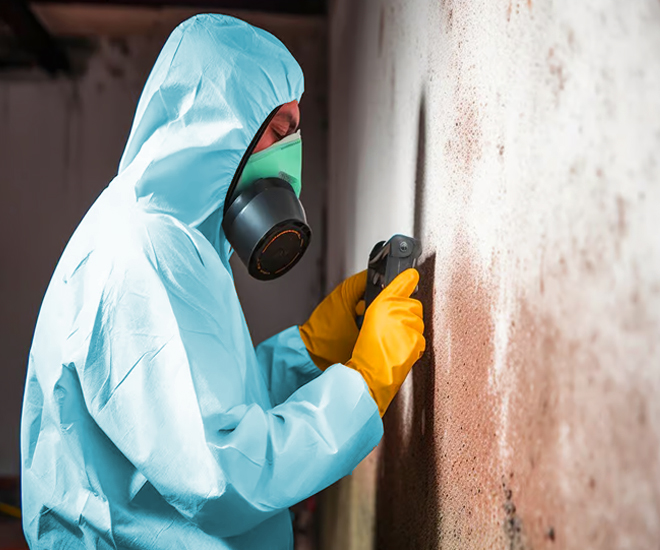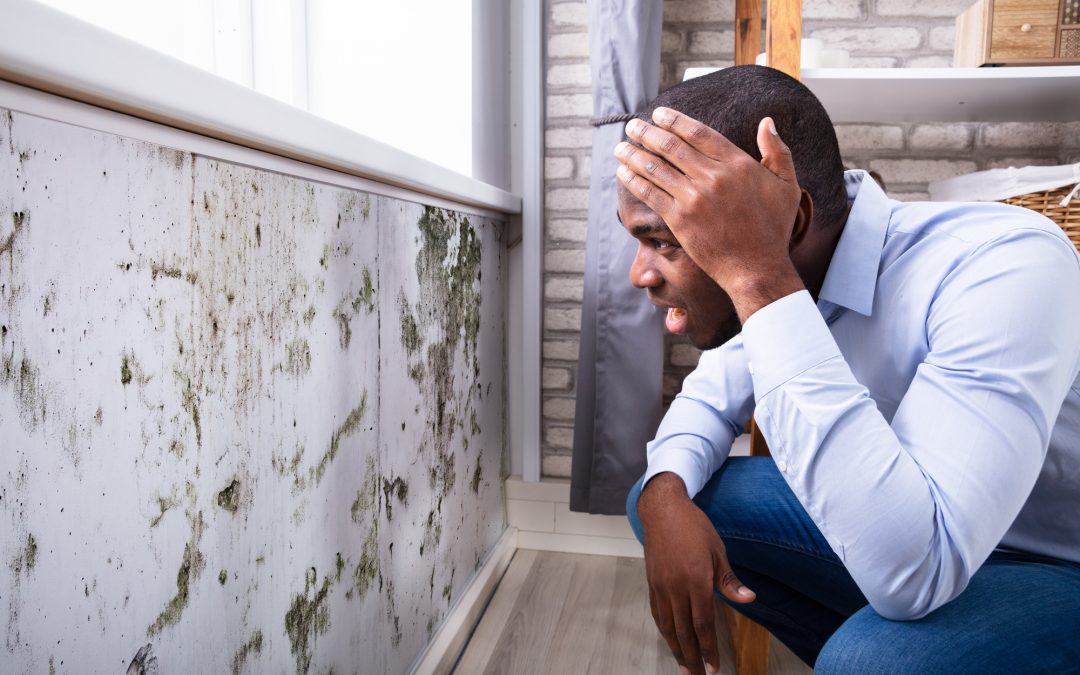Crafting an In-depth Post Mold Remediation Report
Crafting an In-depth Post Mold Remediation Report
Blog Article
Your Ultimate Guide to Blog Post Mold And Mildew Removal Methods
In the aftermath of mold and mildew infestation, recognizing how to successfully eliminate the mold and mildew and prevent its reoccurrence is vital for keeping a healthy indoor atmosphere. From picking the right cleansing and disinfecting techniques to carrying out strategies for lasting mold prevention, each action in the removal trip plays a vital duty in making sure an effective end result.
Recognizing Post-Mold Remediation Process
After finishing the mold and mildew removal process, it is crucial to understand the post-mold remediation techniques that are essential to ensure a efficient and complete clean-up. When the mold has been eliminated, the next step entails cleansing and decontaminating the affected locations to stop any type of regrowth of mold. This consists of making use of specialized cleaning up agents to clean down surface areas and eliminate any remaining mold and mildew spores. It is essential to dry the location totally to discourage the growth of mold in the future (After mold remediation). Appropriate air flow and dehumidification can help in this process.
Moreover, performing a final inspection post-remediation is crucial to make certain that all mold has actually been successfully removed. This inspection must entail a thorough aesthetic check as well as potentially air tasting to validate the lack of mold and mildew spores airborne. Added removal might be required if the inspection reveals any type of remaining mold and mildew. Enlightening residents on preventative actions such as regulating dampness degrees and immediately resolving any kind of water leakages can assist maintain a mold-free setting.
Effective Cleaning and Disinfecting Methods

Preventing Future Mold Growth

Significance of Proper Air Flow
Appropriate ventilation plays a crucial function in preventing dampness accumulation, a key consider mold growth within interior environments. Reliable ventilation systems assist eliminate excess humidity from the air, lowering the chances of mold and mildew spores finding the wetness they need to sprout and spread. Without appropriate air flow, indoor areas can come to be a breeding place for mold and mildew, causing potential health and wellness risks and structural damages.
By guaranteeing proper air flow, air flow systems can also help in drying out damp areas extra quickly after water damages or flooding cases, better discouraging mold and mildew development. what to do after mold remediation. In spaces like washrooms, cellars, cooking areas, and attics where moisture levels often tend to be higher, setting up and preserving reliable air flow systems is crucial in avoiding mold invasions

Monitoring and Upkeep Tips
Given the critical duty that appropriate ventilation plays in protecting against mold and mildew growth, it is important to develop efficient monitoring and upkeep tips to ensure the ongoing functionality of air flow systems. Regular assessments of ventilation systems need to be carried out to look for any type of signs of obstructions, leaks, or breakdowns that might restrain correct air flow. Monitoring moisture degrees within the property is likewise essential, as high moisture can add to mold and mildew development. Setting up a hygrometer can aid track moisture degrees and alert house owners to any spikes that may need focus. Furthermore, making certain that air filters are frequently cleansed or changed is essential for preserving the performance of the air flow system. Implementing a routine for routine maintenance jobs, such as duct cleaning and a/c system inspections, can help prevent issues before they intensify. By remaining proactive and mindful to the problem of air flow systems, property owners can efficiently alleviate the threat of mold and mildew regrowth and preserve a healthy and balanced interior setting.
Conclusion
In conclusion, post-mold removal methods are essential for making sure a tidy and risk-free environment. Understanding the process, applying efficient cleaning and decontaminating methods, you could try here stopping future mold development, preserving proper air flow, and regular monitoring are all critical actions in the removal procedure. By following these standards, you can effectively eliminate mold and mildew and prevent its return, functioning or promoting a healthy and balanced living space for all owners.
In the after-effects of mold infestation, knowing exactly how to effectively eliminate the mold and avoid its reoccurrence is extremely important for preserving a healthy and balanced indoor environment. When the mold and mildew has been eliminated, the following step involves cleansing and decontaminating the affected areas to protect against any regrowth of mold - testing air quality after mold remediation. After removing visible mold and mildew development, it is vital to clean all surfaces in the afflicted location to get rid of any kind of remaining mold and mildew spores. To better boost mold prevention steps, it is essential to attend to underlying concerns that originally led to mold and mildew growth.Offered the important duty that correct air flow plays in preventing mold growth, it is necessary to establish effective monitoring and maintenance tips to ensure the continued functionality of ventilation systems
Report this page